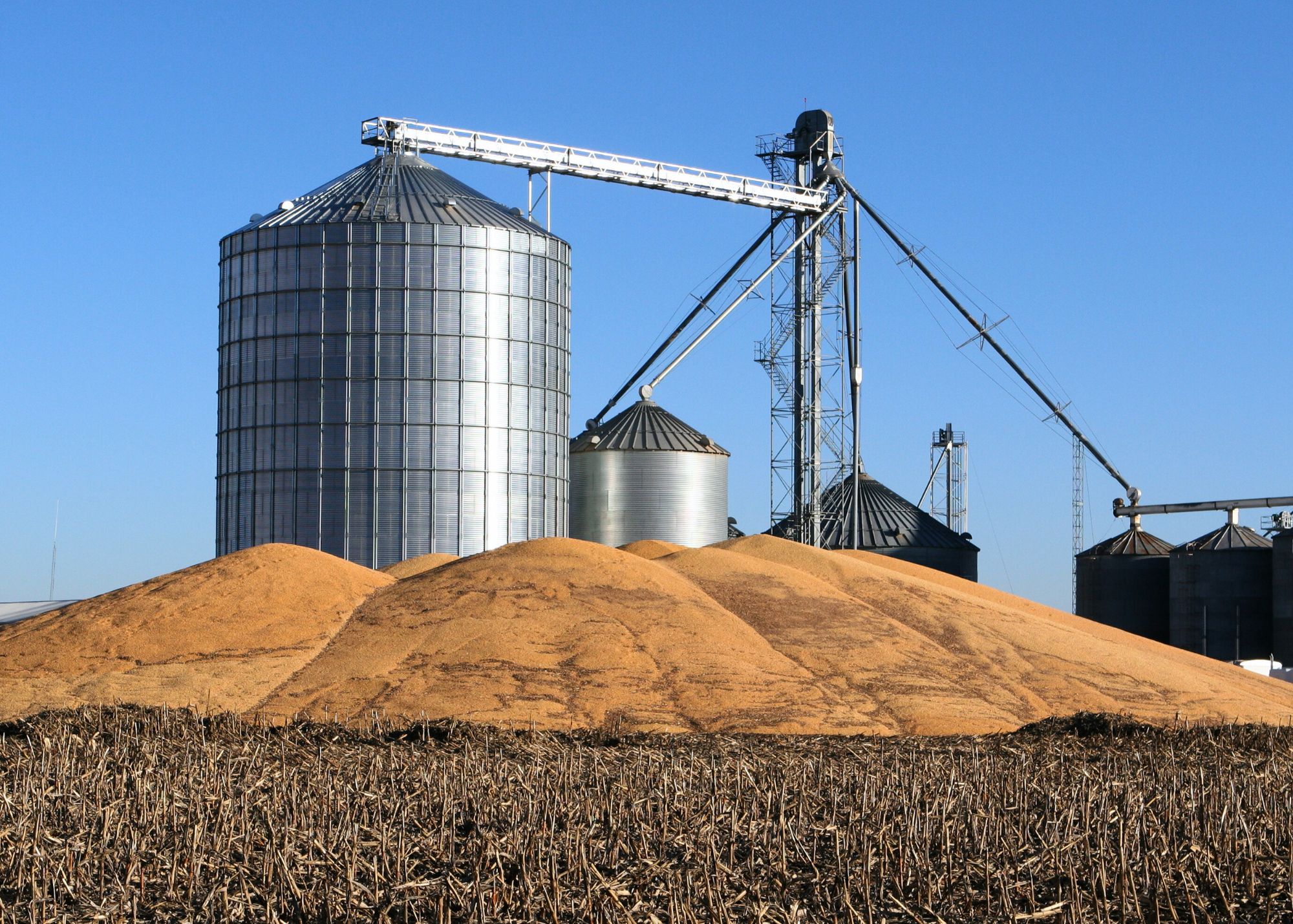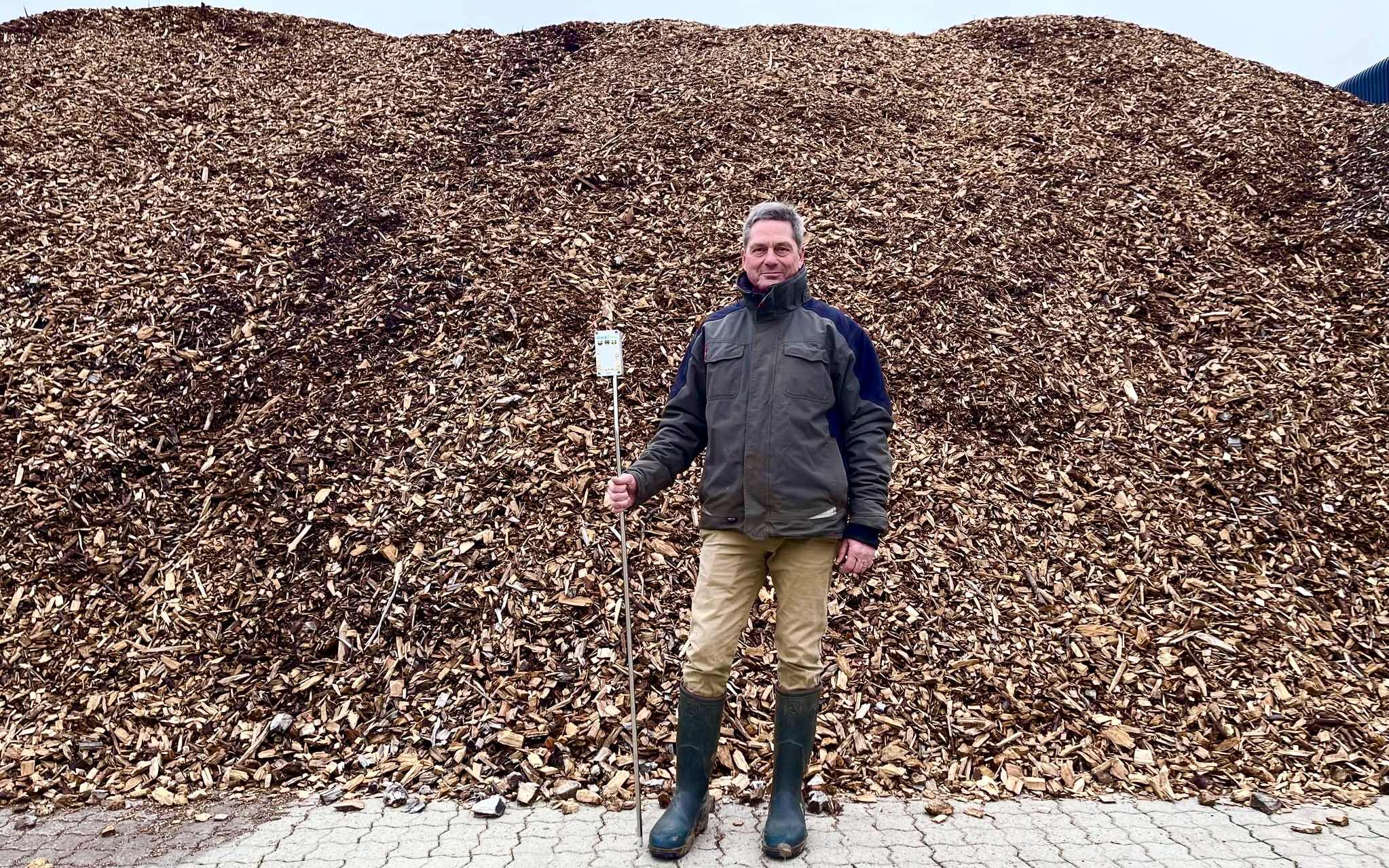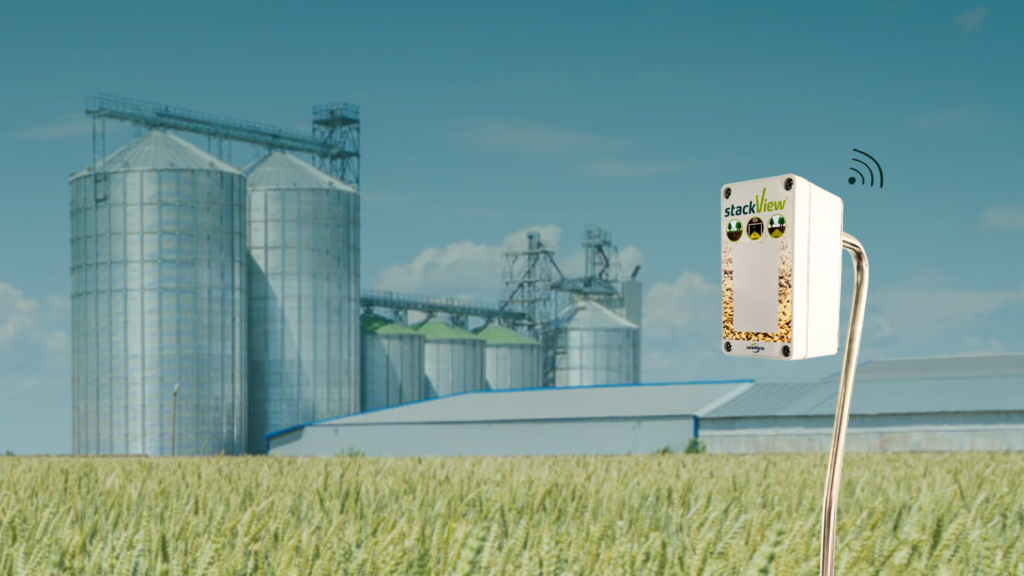Storing crops in steel silos is used for grains, corn, rice, wheat, soybeans, and other crops in various industries such as animal feed and wood pellets. Silos play a crucial role in maintaining supplies of food and materials, ensuring their long-term storage until use.
With the use of steel silos come challenges in maintaining optimal storage conditions. Variations in temperature and humidity can affect the quality of stored crops and lead to losses and waste, which can have significant economic consequences.
Why is digital monitoring important?
Maintaining optimal temperature and humidity levels in silos is crucial to preserve the quality of stored crops. Monitoring in silos allows for identification and response to changes that may affect crop quality. By having real-time data available, one can quickly respond and implement necessary measures to maintain product quality and minimize losses.
What is SiloView?
When the silos are filled with the year's harvest, SiloView helps monitor quality and save costs throughout the storage period. SiloView measures the temperature and humidity of the crop during aeration. SiloView consists of a base station, a wireless sensor in each silo, and a user-friendly app where users can access data about their crops on their PC and smartphone. The temperature and humidity are stored, documenting the quality, and potentially obtaining a premium.
SiloView measures temperature and humidity 24/7, allowing users to set personal alarms at selected hours of the day to alert if ideal temperature and humidity are exceeded. Additionally, users can also receive notifications about when the crop is cooled and storage-stable, and when cooling is optimal, allowing them to reduce aeration and save costs throughout the storage period.



